ACT Restorative Justice Network
The ACT Restorative Justice Network of practitioners & champions aims to unite existing and emerging restorative justice leaders who have the energy, enthusiasm and capacity to create a community of practice across Canberra and local surrounds. The network is committed to sharing knowledge and insights through regular interaction through opportunities such as guest speakers, case studies, seminars, and peer collaboration across diverse professional groups.
The network includes experienced restorative justice practitioners and champions from services such as schools, health, corrections, juvenile justice, police, human resource management, Aboriginal services. They include school principals, team leaders, program managers, service managers and social workers.
2015 marks the 10th year of the Restorative Justice Act in the Australian Capital Territory and the expansion of the ACT’s restorative justice scheme. This network has grown out of seeing the potential for Canberra to adopt the principles of restorative practice more broadly in resolving disputes and problem-solving across the community.
Read more here.










